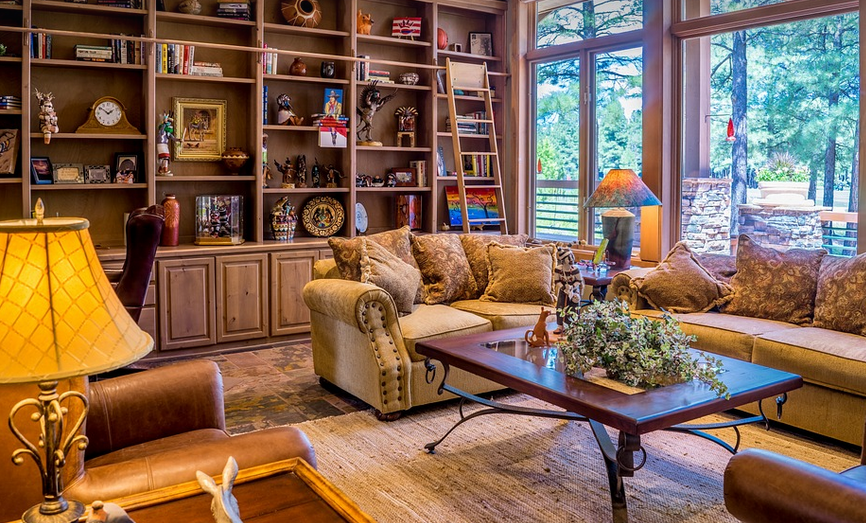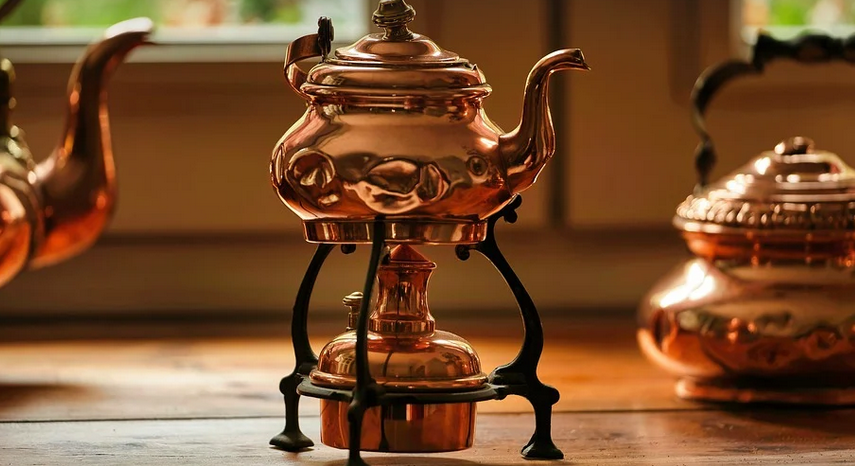A Glimpse into the Soul of a Mirror Lover
There’s something captivating about mirrors, isn’t there? They hold an almost mystical power that draws us in. For some people, this attraction takes on a deeper meaning, becoming a defining part of their personality – a love for mirrors so profound it borders on obsession. While it might sound like a quirky fascination at first glance, the allure of the mirror is far more complex than meets the eye. It’s a journey into the heart of self-awareness, identity, and even artistic expression.
These individuals, those who find themselves deeply drawn to mirrors, are often those who seek self-understanding through their reflections. They see not just a physical image but a dynamic representation of their inner world, and this has profound implications for how they perceive themselves and interact with the world around them. They might spend hours observing the play of light and shadow on their faces, analyzing every nuance of their posture, every wrinkle on their skin – seeking to understand what lies beneath the surface.
The mirror serves as a silent confidante, prompting introspection and a deeper understanding of one’s own personality. It becomes a portal for self-discovery, revealing hidden facets and unravelling layers of identity that might otherwise remain obscured. The reflection offers a blank canvas upon which they can paint their thoughts, emotions, and aspirations – a space for artistic expression that transcends the limitations of the physical world.
But this fascination with mirrors is not without its complexities. There’s an undeniable aspect of vanity in it, yes, but also a yearning to connect with something bigger than oneself. The mirror becomes a symbol for identity, self-worth, and the desire to be seen, understood, and appreciated by others. It’s a journey towards self-acceptance, where imperfections are embraced and celebrated instead of being hidden or suppressed.
For these individuals, mirrors aren’t just passive reflections; they become active agents of transformation. They use them as tools for exploring their creativity, staging scenes from their imaginations, practicing different expressions, experimenting with new looks, even crafting character personas for the stage. It’s an act of self-exploration where they play with identity, creating a world both inside and outside the mirror’s reflection.
The relationship between these individuals and mirrors is multifaceted. It can be deeply personal and introspective, driven by an innate curiosity about themselves. They might use mirrors to explore their dreams, visualize ambitions, or simply enjoy the beauty of the fleeting moments in time. This love for mirrors transcends mere vanity; it’s a reflection of a deeper desire to understand their essence.
Some even find solace and comfort in reflecting on past experiences through the eyes of a mirror. They might use it to re-live old stories, celebrate triumphs, and confront failures – all within the safe confines of their own reflections. The mirror becomes a window to the past, allowing them to process and reanalyze their life’s journey.
For others, mirrors can be a source of inspiration, igniting creativity and sparking new perspectives. They might use them as a jumping-off point for artistic endeavors, transforming themselves into characters, enacting scenes from their imaginations, or even simply playing with light and shadow to create unique visual compositions.
Whether it’s the desire for self-improvement, reflection on past experiences, or the celebration of their inner artistry, these individuals’ love for mirrors is a testament to the complex ways in which we interact with ourselves. It highlights the human need for self-understanding and creative expression – a longing to truly know who we are and how we fit into the world.
Perhaps at its core, the love of a mirror isn’t about vanity but rather an inherent understanding of our own souls. It’s a reflection not only of what we see in the glass, but also of who we truly are.


